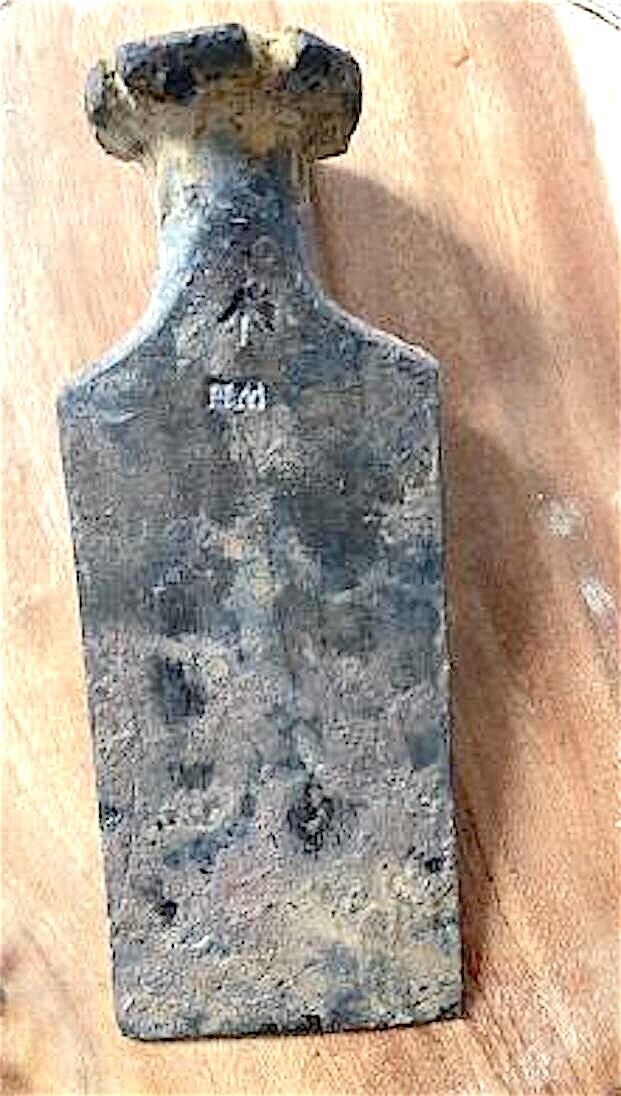|

On eBay Now...
EXTRAORDINARY:1770’s REV WAR DIVER-RECOVERED BRITISH-MARKED SHIP’S CAULKING TOOL For Sale

When you click on links to various merchants on this site and make a purchase, this can result in this site earning a commission. Affiliate programs and affiliations include, but are not limited to, the eBay Partner Network.

EXTRAORDINARY:1770’s REV WAR DIVER-RECOVERED BRITISH-MARKED SHIP’S CAULKING TOOL:
$375.00
EXTRAORDINARY:1770’s REV WAR BRITISH-MARKED SHIP’S OFF CARLETON Despite well over two centuries under the waters of the ST. Lawrence River, this massive iron ship’s caulking/scraping tool has survived in amazing condition. The incised British military Broad Arrow on both sides, clearly identifying the chisel as property of the Royal Navy, as well as the “HM” a maker\'s mark or possibly standing for belonging to “His Majesty” (George III) are sharp--as is the number “3,” likely connoting the size. (NOTE: USUALLY A ROYAL STAMP WOULD HAVE BEEN \"GR\" --George Rex--LEAVING THE \"HM\" SOMEWHAT 8 1/2 by 3 1/4 inches. Weight: 3.5 pounds.
The splitting of the knobbed poll is surely the result of hard hammering which reflects actual use (perhaps removing barnacles, or making Island is located in Jefferson County, New York, where the St. Lawrence River meets Lake Ontario. It provided a point where maritime travel between these two bodies of water can be easily monitored and controlled during times of war. This strategically useful location led to the establishment of a British military installment there known as Fort Haldimand.
The declaration of American independence soon after the outbreak of rebellion made this island immediately much more important for Britain, with British and Mohawk forces using it as a base from which they could attack nearby American outposts. Loyalist leader John Johnson used this island (then sometimes known as Buck Island) as a rest stop for his troops during the Saratoga Campaign of the Revolutionary War. The potential strategic value was not lost on the governor of Quebec, Frederick Haldimand. In 1778, he ordered the construction of a fort on the island in order to ensure British dominance of the area.
After the American Revolution, Fort Haldimand, uncontested, remained in nominal British control, with almost no military presence, and that ended altogether


EXTRAORDINARY:1770’s REV WAR DIVER-RECOVERED BRITISH-MARKED SHIP’S CAULKING TOOL $375.00
|